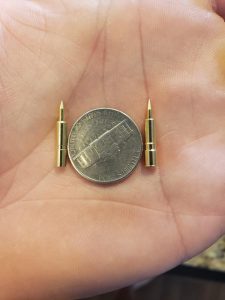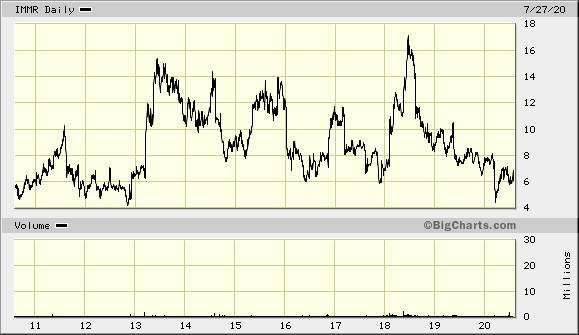When the iPhone came out in 2007, it created an immense stir.
Most praised it after trying it. But this next-gen tech had a lot of critics as well.
Among these critics was David Platt, a tech writer that historically likes to take the opposite view of new gadgets from the rest of the world.
Looking back, he wrote some truly hilarious criticisms of the iPhone, like “The forthcoming release of the Apple iPhone is going to be a bigger marketing flop than Ishtar and Waterworld combined.”
He also complained that the iPhone had too many features. He didn’t think anyone could figure out how to use it to “listen to music while surfing the web or reading your email or playing a game.” He went on, “A few dedicated technophiles might, just MIGHT, figure out how to do so, but it will require far more dedication than an ordinary user is willing to invest in learning and then remembering.”
As laughable as all of that sounds today, 13 years after the smartphone revolution began, he did make a good point at least once: “users will detest the touch screen interface due to its lack of tactile feedback.”
This was one of the biggest criticisms of the iPhone at that time. Its keyboard didn’t have what’s called “haptic feedback.” Moving from physical keyboards on Blackberries and other high-end phones at the time to a touch screen was tough.
Going forward, Apple would build in haptic options in later iPhones, iPads and other touchscreen devices. Samsung too followed suit.
But haptics technology isn’t relegated to just touchscreens.
From Rumble Paks to This Year’s Console Launches
This tech is everywhere. If you happened to be a video gamer back in the late 90s, you might remember Nintendo’s “Rumble Pak.” That was haptic feedback.
Sony famously opted against rumbling controllers with the launch of the PlayStation 3, only to reverse course after fans demanded them bring them back.
You might recall another company’s name in that discussion: Immersion Corp. (NASDAQ: IMMR).
Immersion owns almost all the relevant patents on haptic technologies. Specifically, it owns the tech behind haptics used in video game controllers.
In 2002, Immersion sued Sony and Microsoft for patent infringement. Microsoft settled out of court and became an investor in Immersion. Sony fought until the end, when it lost and paid Immersion $90.7 million.

Grab a piece of paper and pen to write this down…
Because you’re about to see the name and ticker symbol of the ONLY 5G STOCK every investor should own.
You can get the name and ticker of this company right here, no strings attached. But you better act fast…
Because the Federal Communications Commission, the government agency in charge of 5G, just scheduled a major announcement that would send shares soaring once announced.
Don't miss out. Click Here to Get #1 5G play for 2020 before the next market close.
Since then, Nintendo (which does actually own its own haptic patents), Microsoft and Sony have all kept haptics in their systems.
That brings us to the real emerging profits idea here. Immersion is still around. It still gets paid when its technology gets used. But it is doing something a bit different these days.
You see, since that 2002 lawsuit, all the way until now, it has basically just been a patent troll. Its haptics technology patents come up everywhere. As more devices find their way into more peoples’ hands, Immersion gets paid. And when it doesn’t, it takes you to court.
The strategy has been profitable. But it hasn’t really grown the company much. Its stock reflects that:

There have been times when investors were able to make bank from this under the radar tech play. The last, in 2018, came as the company began shifting into a more proactive approach. It began actively courting automotive companies to add haptic feedback.
Prior to that, however, there was a different mega spike that sent shares up from just $4 to $15. That was when the last console wars began. And guess what’s coming this year.
That’s right, the expected releases of the PlayStation 5 and the Xbox Series X. And if history tells us anything, Immersion will get its cut… one way or another.
We might not see a rise back to $15 this time. But by the time these consoles launch, expect Immersion’s share price to test the $10 threshold. That would be good for a four-month 50% profit.
Now’s the time to strike, before the launches. As with the last time, the move preceded the products.
To your prosperity,
Joshua M. Belanger
Executive Publisher & Founder